SUMMARY
This is AI generated summarization, which may have errors. For context, always refer to the full article.
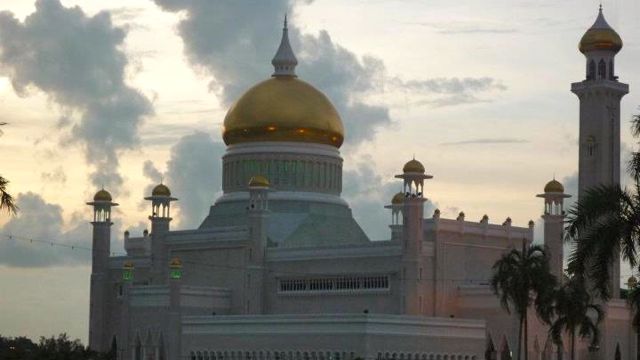
MANILA, Philippines – If Filipinos have a chance to go a neighboring country, they would most likely choose Hong Kong, Singapore or Thailand.
Most often, the objective would be to shop, check out destinations, watch concerts that skip the Philippines or, simply, to visit family or friends who happen to live there.
Another possibility is to check out school or work prospects as these countries also offer top-notch university education and employment opportunities. After all, of late, we have increasingly been sending professionals who are highly skilled in information technology (I.T.), advertising or journalism, and our greatest export in terms of human capital is no longer just domestic helpers.
Thanks to lower airfares, we are starting to discover other destinations as well; especially countries that also belong to the Association of SouthEast Asian Nations (ASEAN).
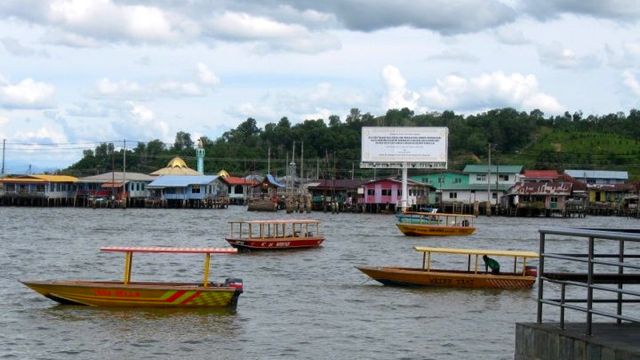
Interestingly, not too many of our countryfolk consider visiting Negara Brunei Darrussalam (known simply as Brunei), which is actually very close to Palawan — if one were to look at the map.
It is interesting to note that sometime between the 15th and 17th centuries, Brunei had control over coastal areas that included northwest Borneo and southern Philippines.
Brunei is located on the northwest coast of Borneo island in the South China Sea/West Philippine Sea, somewhere between Malaysian states Sabah and Sarawak.
It comprises a very small portion of the land area of Borneo (less than one percent); the rest being the West, East, South and Central Kalimantan of Indonesia, and Malaysian states Sarawak and Sabah.

Although a small country, Brunei boasts of having one of the highest per capita incomes in Asia — thanks to the oilfields of Seria. The sultan is also one of the richest men in the world.
The population of Brunei is manageable at less than 400,000. Nearly 70% of the population is Malay. Just like its neighbors, there are Chinese (15%) and also indigenous tribes (6%).
While native Bahasa speakers from Malaysia, Indonesia and Singpore won’t have much trouble understanding or taking part in conversations, it is not that difficult to communicate since a lot of Filipino words (Tagalog, Cebuano, even Kapampangan) apparently are of Malay origin, like certain numbers, body parts, even colors and kitchen ware or utensils.
Buyers actually say “mura” if the item is affordable, and “mahal” if it is too expensive (careful when you shop with friends and speak in Filipino).
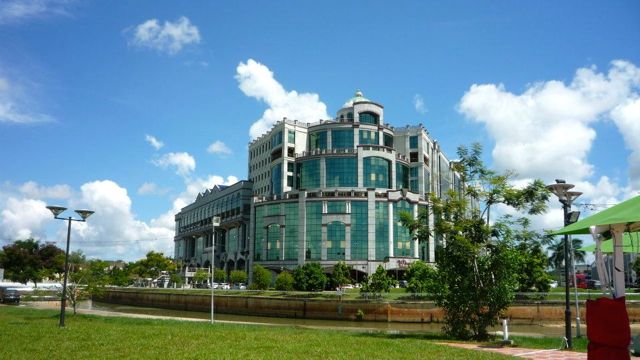
One wouldn’t have much difficulty going around because of the number of Filipinos in this country.
Istana Nurul Iman, touted as “the largest residential palace in the world” was designed by Filipino architect Leandro V. Locsin (who also designed the Cultural Center of the Philippines). It was constructed by Filipino construction firm Ayala International and was completed 28 years ago to the tune of US$1.4-B.
Apparently, there has been a steady stream of Filipinos who’ve tried to live and work in this country since then.
During a recent visit (as compared to another visit 24 years ago), we noticed that practically all the servers in the restaurants, whether in small kiosks or 5-star hotels, were Pinoys.
Locals estimate that there’s one Pinoy for every 20 people in Brunei; but there could actually be more and, sadly, some of them are undocumented.
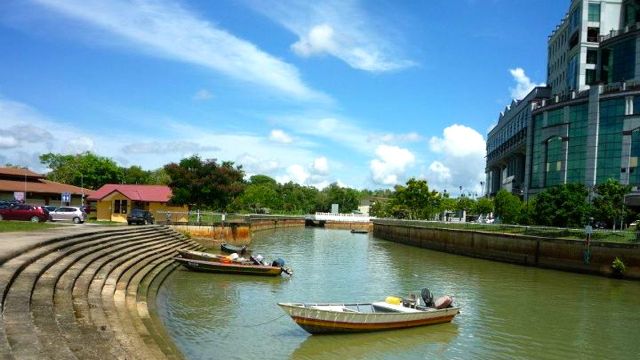
For the adventurous (and those who do not mind spicy food), Brunei is a culinary adventure as there are opportunities to eat Malay, Indonesian, Chinese and Bruneian (and even Thai!) cuisine. With the influx of Pinoys, Pinoy cuisine couldn’t be far behind.
Jollibee has been in the country for over two decades. And “hamburger” is simply called “beefburger,” in consideration of the predominantly-Muslim population that shuns pork.
Be warned, though, that being an Islamic State, alcohol and non-Halal food are banned in Brunei. It is also considered disrespectful to eat, drink or smoke in front of people who are fasting.
Parts of Malaysia are easy to go to, once you are in Brunei.

Another advantage is the lack of traffic (which could be a problem, say, in Jakarta or Bangkok), and very affordable gasoline (cheaper by about 75% “as compared to a Makati gas station” swears a Bruneian married to a Filipina).
As a matter of fact, Brunei takes pride in being free from tropical diseases like malaria, of not being prone to natural disasters since it doesn’t have volcanoes and is located outside the typhoon belt.
The government also provides free medical services and subsidizes housing.
Crime rate is down as the country enjoys economic prosperity and government stability.
Among the places to visit are the capital Bandar Seri Begawan (BSB). One could shop at the Yayasan and Gadong malls; check out the the 7-star Empire Hotel; and visit mosques such as the Omar Ali Saiffuddien III mosque.
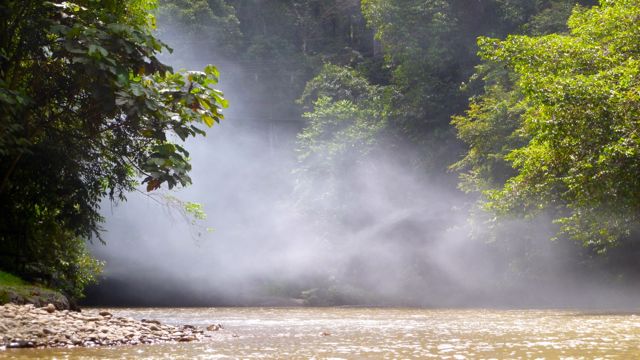
Also worth visiting is the Istana Nurul Uman (Palace of the Light of Faith), the official residence of Hassanal Bolkiah – the Sultan of Brunei – and the seat of government. At 300 acres, it is the largest residential palace in the world and the largest single family residence in the world.
It is located a few miles south of Brunei capital BSB, and sits on a hilly riverside on the banks of Brunei River. It also offers a good view of the water village Kampong Ayer.
However, it is only open to the public for 3 days during the Hari Raya Aidilfitri – an Islamic festival at the end of the Muslim fasting month — and to Muslims during the 30-day Ramadan.
One could also take a boat ride between BSB and Bangar.
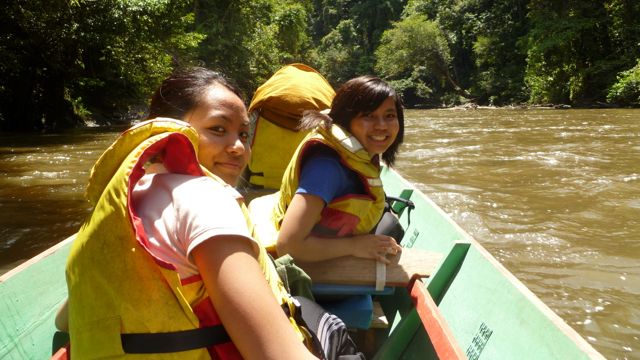
It takes quite a distance, though (but well worth it), to get to the Ulu Temburong National Park, a rainforest.
Singapore dollars are accepted as currency. Flights are available from Manila to Brunei via Royal Brunei Airlines or Cebu Pacific costing anywhere from US$220 to 400.
So the next time you think of traveling to or discovering an Asian country, you may want to consider Brunei. There may be less of the glitz and glamor (in the “cosmopolitan” sense as we know it), but the experience is truly worthwhile. – Rappler.com
Susan Claire Agbayani is a freelance writer and media consultant. While she currently writes for several local publications, she also contributes to the Singapore-based personal finance web site for women, liveolive.com. Susan has been writing for almost 30 years on music, art, culture, literature, business, politics, the academe and entrepreneurship.
Add a comment
How does this make you feel?
There are no comments yet. Add your comment to start the conversation.